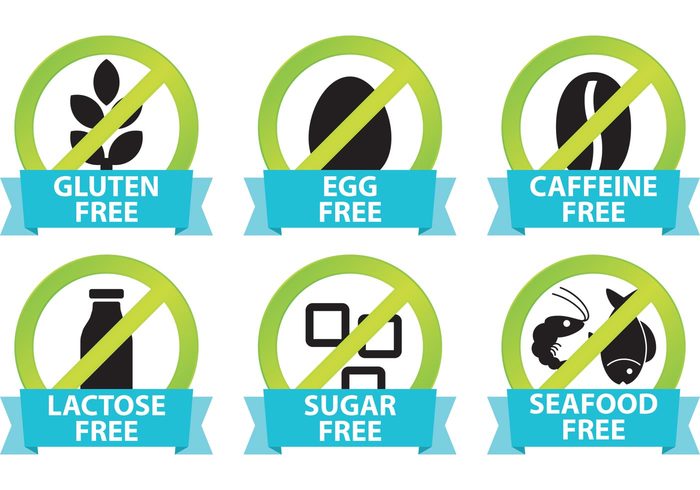Food allergies are common enough. They are present in every country in the world. In the United States alone approximately 12 million Americans have food allergies (about 1 in 25 people). Also, these allergies affect one in every 17 children under the age of three. A food allergy can be serious and even be life-threatening, especially to children. Any type of allergy involves the hypersensitive reaction of the body to certain foreign substances that come into contact with it and/or enter it via breathing or eating. Somehow, the body mistakes the substance, usually quite harmless, for a dangerous intruder. In this case, the body’s immune system springs into action and fights the “enemy” by releasing certain chemicals, such as histamines. Anytime food is involved in this “mistaken identity” issue, the allergic reaction is known as a food allergen. However, sometimes a food allergy can be confused with food intolerance; neither are the same. With food intolerance, the reaction is caused by the body organs, such as the stomach and other parts of the digestive system, and not an immune reaction.

There are three areas that the food allergies attack: breathing, the digestive system, and skin. Each are affected by these allergies and can immediately react with symptoms of an allergy. The symptoms become evident in a few hours or sometimes, even in minutes. Some of these exhibited symptoms include rashes and hives which may cause the body to itch intolerably. Athough, these rashes may appear all over the body, they mainly affect the facial area. The allergy may also cause internal reactions which can lead to both the throat and tongue swelling. With this reaction, breathing can grow difficult, causing wheezing and shortness of breath. However, in severe cases, the allergy reaction can lead to death if the person’s breathing stops. Other symptoms from the allergy include vomiting, diarrhea, and nausea. If the individual maintains a regular contact with the allergen which caused the reaction, he or she may begin to experience worse attacks. Before such a case develops, the individual needs to discover exactly what specific food allergen is provoking the allergic attacks.
Actually, almost any food can cause an allergic reaction. Such foods as fruits, vegetables, and meats can be food allergens. However, there are eight different foods which make up to 90% of all food allergic reactions. Included in this list are: peanuts, milk, eggs, tree nuts (such as walnut and pecans), fish, shellfish, wheat, and soy. Unfortunately, these foods and their by-products are often present in other food products and it becomes very difficult to identify them since they are “hidden” in this way.

Since this is the case in many instances, the individual with food allergies will need to carefully read labels. The person should also be under the care of a doctor and/or an allergist. The doctor or allergist will perform allergy tests to determine which foods do cause the reactions and may discover other foods that are borderline food allergens. In doing this, the doctor may prescribe medications to ease the food allergy symptoms that are present and specifically treat each symptom individually, such as skin rashes with certain creams and runny noses with antihistamines. Many will have to change their diet, becoming more conscious about the foods they eat. Perhaps, the best route is to eat more organic foods and include a balanced diet, with those fruits, vegetables, lean proteins, high fiber grains, and dairy products or dairy substitutes which do not cause an allergic reaction. The most important way to treat food allergies is very simple: avoid the food. The end result is a matter of life and death.
